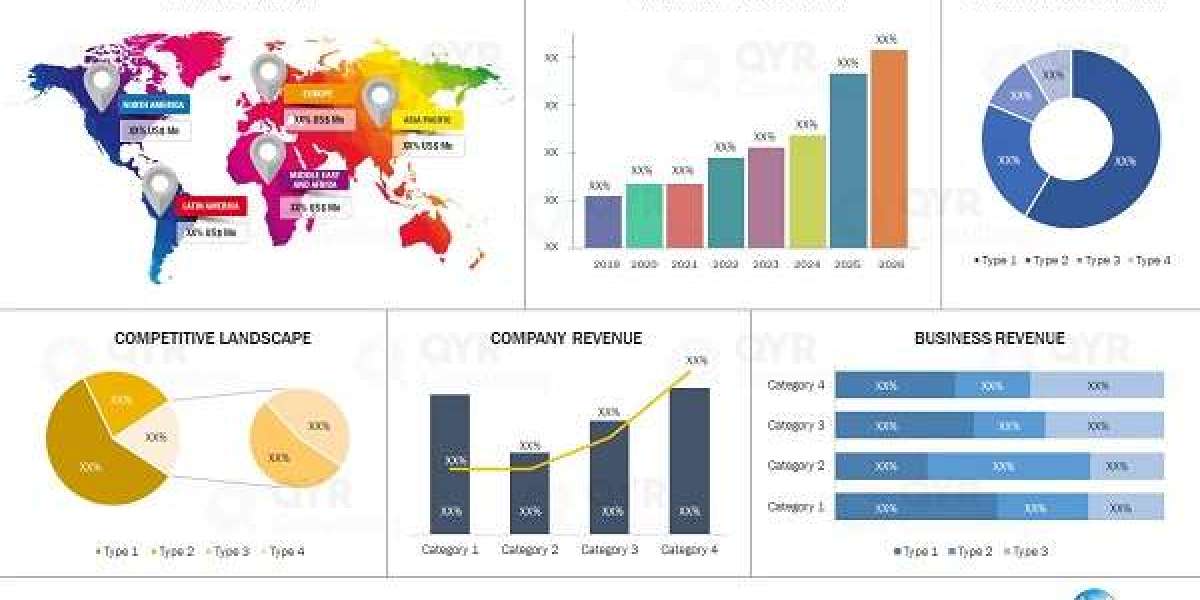The global Wafer CMP Retainer Rings market was valued at US$ 105 million in 2024 and is anticipated to reach US$ 162 million by 2031, witnessing a CAGR of 6.5% during the forecast period 2025-2031.
The wafer CMP (Chemical Mechanical Planarization) retainer rings market is gaining momentum as foundries and IDMs push advanced nodes, 3D architectures, and heterogeneous integration. Retainer rings—mounted on the carrier head—stabilize wafer edge contact, govern local pressure distribution, and manage slurry flow during polishing. Their design and material selection directly affect edge exclusion, within-wafer non-uniformity (WIWNU), defectivity, and overall cost of ownership. As CMP steps multiply across logic, memory, and advanced packaging, high-performance retainer rings have become a critical consumable for yield and throughput optimization.
Read Full Research Report: https://www.qyresearch.in/report-details/4815032/Global-Wafer-CMP-Retainer-Rings-Market-Insights
Market Drivers
Rising CMP intensity at sub-5 nm and GAA nodes, taller 3D NAND stacks, and more complex BEOL metal schemes are key growth catalysts. Tight planarity targets and narrower defect budgets amplify demand for rings that deliver precise pressure control, stable friction coefficients, and extended life. The shift to wide-bandgap materials (SiC, GaN) and specialty substrates increases the need for abrasion-resistant rings that can maintain uniform removal on harder surfaces. Simultaneously, fabs seek lower total cost through longer service intervals, predictable wear, and reduced re-qualification cycles—factors that favor premium ring formulations and smarter monitoring.
Technology and Materials Landscape
Modern retainer rings leverage engineered polymers and composites—PEEK, PPS, PI, and carbon- or fiber-reinforced variants—selected for stiffness, chemical compatibility, and temperature stability. Embedded wear indicators, tailored groove patterns, and micro-texturing help regulate slurry hydrodynamics and debris evacuation while mitigating pad glazing. For advanced processes, rings are paired with multi-zone carrier heads; their flatness, thickness tolerance, and edge geometry are tightly controlled to maintain local pressure targets. On hard materials (SiC, sapphire), rings with enhanced hardness and optimized surface energy reduce micro-chipping and edge defects. Increasingly, vendors support ring-to-tool digital matching, providing metrology data (flatness maps, thickness profiles) to accelerate recipe qualification.
Notable Trends
Sustainability and smarter maintenance are reshaping adoption. First, longer-life rings and refurbish programs reduce consumable waste and downtime. Second, inline analytics—tracking motor current, torque, vibration, and removal signatures—enable predictive replacement before excursions occur. Third, co-design with pads and slurries is accelerating: ring groove geometry is tuned to specific pad porosity and slurry particle size to balance removal rate, uniformity, and scratch control. Finally, advanced packaging (TSV, hybrid bonding, fan-out) is creating demand for application-specific rings that protect fragile surfaces and manage delicate topographies.
Market Segmentation
By material, the market spans high-performance polymers, reinforced composites, and specialty hard-surface coatings. By application, key segments include oxide CMP, copper/low-k, tungsten, STI, poly/gate, and post-CMP cleans with integrated polish-clean clusters. By device type, demand splits across logic/foundry, DRAM, 3D NAND, analog/power (including SiC/GaN), and MEMS/sensors. Wafer size segmentation covers mainstream 300 mm with steady 200 mm demand in specialty lines; pilot activity exists for future larger formats in select programs.
Quality, Metrology, and Integration
Quality regimes emphasize ring planarity, concentricity, thickness tolerance, and surface roughness. Suppliers provide certification data and lot traceability, while fabs employ incoming inspection and periodic in-tool metrology to track wear. Seamless integration with carrier heads is vital: correct bolt torque, thermal behavior, and chemical compatibility prevent distortion and drift. Process engineers increasingly rely on DOE frameworks that vary ring geometry alongside pad conditioning and head pressure to lock in WIWNU targets and edge exclusion performance.
Regional Insights
Asia-Pacific leads consumption on the strength of foundry and memory capacity in Taiwan, South Korea, China, and Japan. North America’s share is growing with advanced logic and onshoring investments, while Europe shows steady demand driven by automotive, analog/power, and R&D-heavy ecosystems. Across regions, greenfield fabs specify high-spec rings early in tooldowns to shorten ramps and stabilize yield at volume.
Competitive Landscape
The competitive field comprises specialized CMP consumables vendors and precision polymer machining firms that supply OEM-qualified rings and custom designs. Differentiation centers on material science (wear rate, chemical resistance), geometrical precision, surface engineering, and applications support. Vendors increasingly offer lifecycle packages—design, metrology, refurbishment, and inventory programs—plus rapid-turn customization for new nodes or device types. Close collaboration with pad and slurry partners, and joint development at customer demo lines, remain critical to accelerating recipe maturity.
Outlook
As device scaling tightens planarity budgets and consumable interactions become more complex, retainer rings will remain a leverage point for yield, uniformity, and cost. Solutions that combine advanced composites, optimized hydrodynamics, tight metrology, and data-driven maintenance will capture share. With rising adoption in wide-bandgap power and advanced packaging, the wafer CMP retainer rings market is poised for sustained, innovation-led growth.Top of Form
Bottom of Form
QY Research established in 2007, focus on custom research, management consulting, IPO consulting, industry chain research, data base and seminar services. The company owned a large basic data base (such as National Bureau of statistics database, Customs import and export database, Industry Association Database etc), expert’s resources (included energy automotive chemical medical ICT consumer goods etc.
Contact Us:
QY Research, INC.
315 Work Avenue, Raheja Woods,
Survey No. 222/1, Plot No. 25, 6th Floor,
Kayani Nagar, Yervada, Pune 411006, Maharashtra
Tel: +91-8669986909
Emails - [email protected]



